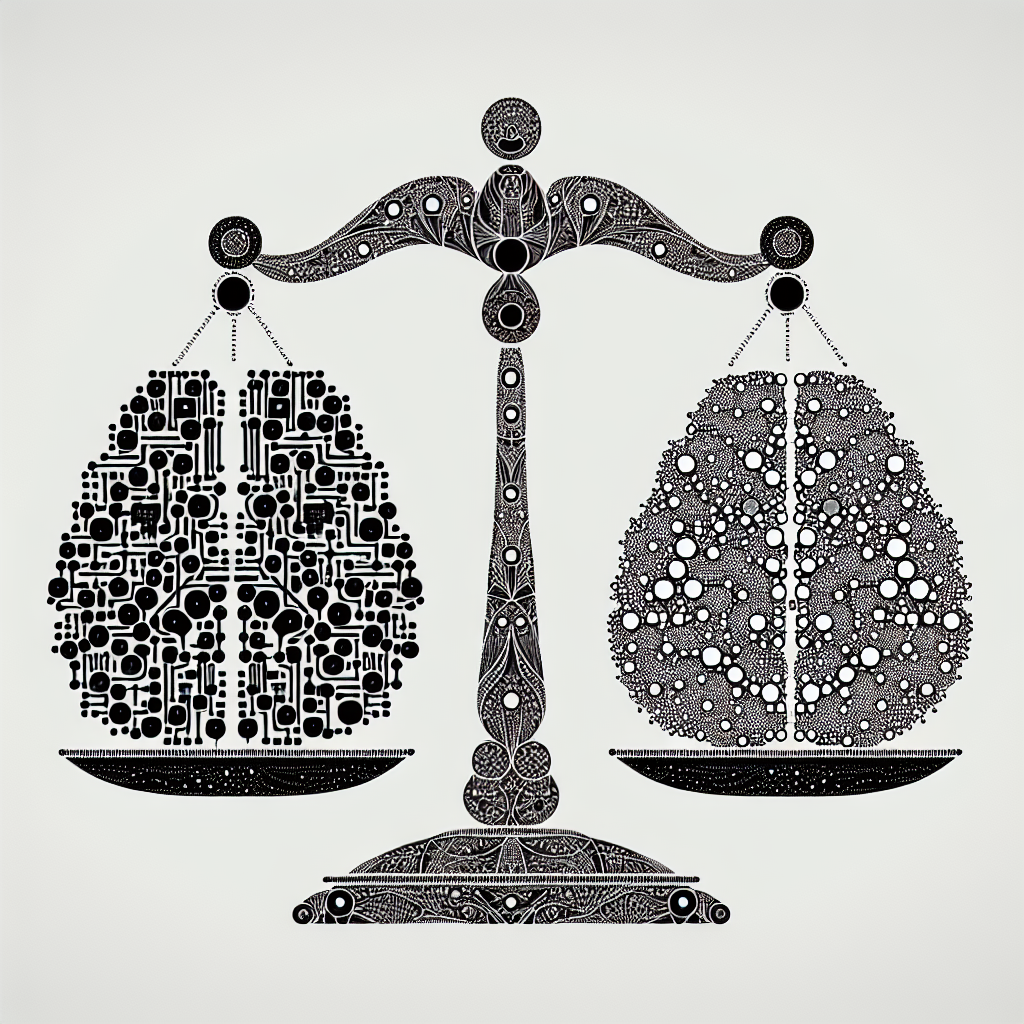AI vs. ML: Which Technology is More Efficient?
Artificial Intelligence (AI) and Machine Learning (ML) are two cutting-edge technologies that are revolutionizing the way businesses operate and how we interact with technology. While these terms are often used interchangeably, they are actually two distinct concepts with their own unique capabilities and applications. In this article, we will explore the differences between AI and ML, and discuss which technology is more efficient for various tasks and applications.
AI vs. ML: What’s the Difference?
Artificial Intelligence is a broad field of computer science that focuses on creating machines that can perform tasks that typically require human intelligence. AI systems are designed to simulate human cognitive functions such as learning, reasoning, problem-solving, perception, and language understanding. These systems can analyze large amounts of data, recognize patterns, make decisions, and even communicate with humans in a natural way.
Machine Learning, on the other hand, is a subset of AI that focuses on developing algorithms that can learn from data and improve their performance over time without being explicitly programmed. ML algorithms use statistical techniques to identify patterns and relationships in data, and make predictions or decisions based on that information. ML is widely used in applications such as image recognition, natural language processing, recommendation systems, and predictive analytics.
While AI is a broader concept that encompasses a wide range of technologies, Machine Learning is a specific approach to building AI systems that relies on data-driven models and algorithms. In other words, all ML is AI, but not all AI is ML.
Efficiency of AI vs. ML
When it comes to efficiency, the choice between AI and ML depends on the specific task or application at hand. In general, AI is better suited for tasks that require complex reasoning, problem-solving, and decision-making abilities, while ML is more efficient for tasks that involve pattern recognition, prediction, and classification.
AI systems are typically more complex and sophisticated than ML models, as they are designed to mimic human intelligence and perform a wide range of cognitive functions. AI systems can handle diverse and unstructured data, reason about complex relationships, and adapt to new situations. However, building and training AI systems can be time-consuming and resource-intensive, as they require a large amount of data and computational power.
On the other hand, ML algorithms are more specialized and focused on specific tasks or domains. ML models excel at tasks such as image recognition, speech recognition, natural language processing, and recommendation systems. ML algorithms can quickly learn patterns and relationships in data, and make accurate predictions or decisions based on that information. ML models are typically easier to deploy and maintain than AI systems, as they require less data and computational resources.
In terms of efficiency, ML is often more practical and cost-effective for businesses looking to implement AI technologies in real-world applications. ML algorithms can be trained on relatively small datasets and deployed on a wide range of devices, making them ideal for applications such as personalized recommendations, fraud detection, and predictive maintenance. AI systems, on the other hand, are more suitable for complex tasks that require advanced reasoning and decision-making capabilities, such as autonomous vehicles, medical diagnosis, and financial trading.
FAQs
Q: What are some examples of AI applications?
A: Some examples of AI applications include virtual assistants (such as Siri and Alexa), self-driving cars, facial recognition systems, chatbots, and recommendation engines.
Q: How does Machine Learning work?
A: Machine Learning works by training algorithms on data to identify patterns and relationships, and make predictions or decisions based on that information. ML algorithms learn from experience and improve their performance over time without being explicitly programmed.
Q: Can AI systems learn on their own?
A: Some AI systems can learn on their own through a process called reinforcement learning, where they receive feedback on their actions and adjust their behavior accordingly. However, most AI systems require human supervision and guidance to learn and improve.
Q: What are the limitations of AI and ML?
A: Some limitations of AI and ML include bias in data and algorithms, lack of transparency in decision-making, ethical and privacy concerns, and the need for human oversight and intervention.
In conclusion, both AI and ML are powerful technologies with their own unique strengths and limitations. While AI is more suited for complex reasoning and decision-making tasks, ML is more efficient for pattern recognition and prediction tasks. Businesses should carefully consider their specific needs and requirements when choosing between AI and ML technologies, and determine which technology is more suitable for their applications. Ultimately, the efficiency of AI vs. ML depends on the task at hand and the resources available to implement and deploy these technologies.

